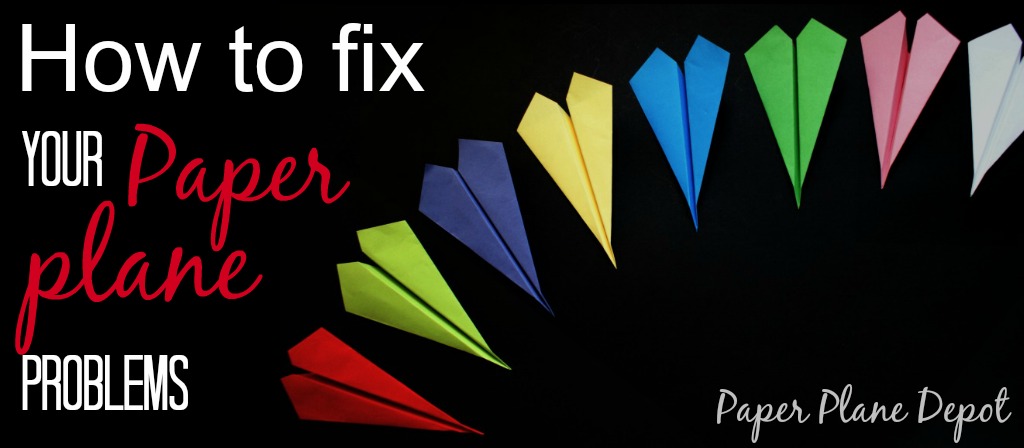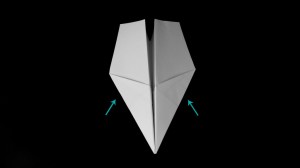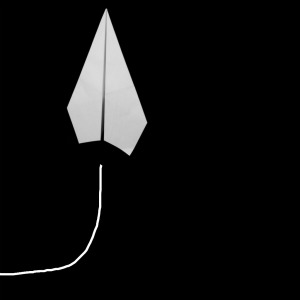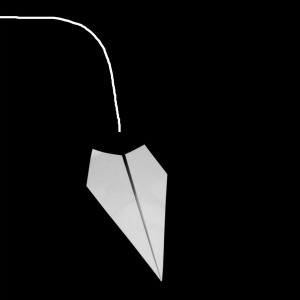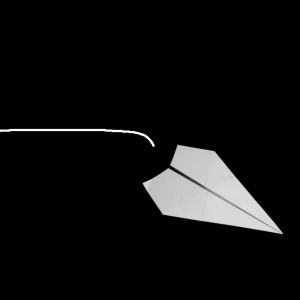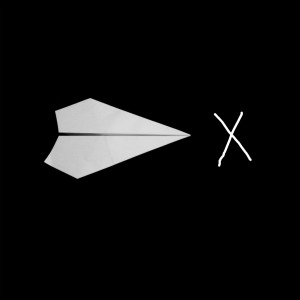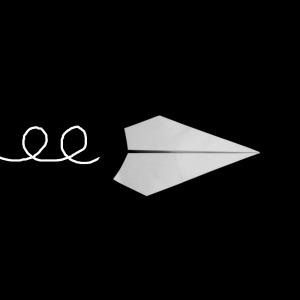Think of your first flight with a new plane as a test flight. Most times, you’ll need to make an adjustment to help the plane fly better. That’s perfectly normal. After all, real planes are tested over and over and over again before the designers and engineers are satisfied they’re ready!
When you do make an adjustment make them very gently – because your paper airplane is small, even the tiniest adjustment can make a huge difference.
Symmetry
The first thing to check is whether your plane is symmetrical. Each side needs to match the other. Check to see if your wings line up and any bends are the same on the left and right.
Stalling
If your plane goes sharply up then stops and drops, try bending the back edges of the wings slightly downwards (both sides). Make the bend close to the body of the plane rather than the tips of the wings – it’s easier to keep the bends on each side more even that way. This is called a ‘down elevator’.
Otherwise, try adding a bit of weight to the front – a paperclip on the nose can work a treat.
Nosediving
If your plane nosedives to the floor, bend the back edges of the wings slightly upwards. Make the bend close to the body of the plane rather than the tips of the wings – it’s easier to keep the bends on each side more even that way. This is called an ‘up elevator’.
If you have added weight on the nose (e.g. a paperclip) remove it.
Yawing
If your plane files to the left or right instead of straight, bend the trailing edge (the back end of the body of the plane) slightly in the opposite direction. This acts as a ‘rudder’.
For example if your plane is flying left, bend the trailing edge slightly to the right.
Short flight
If your plane doesn’t go as far as you’d expected, you may need to redesign the wings (to make them larger), smooth down any elements that may have increased the drag on the plane (like flaps) or remove excess weight (take off any tape or paperclips you’ve added).
Rolling
If the plane rolls or corkscrews the easiest fix would be to call it a stunt plane and keep on flying it! Otherwise, check to see if the wings are dihedral (angled slightly up) and the plane is symmetrical.
